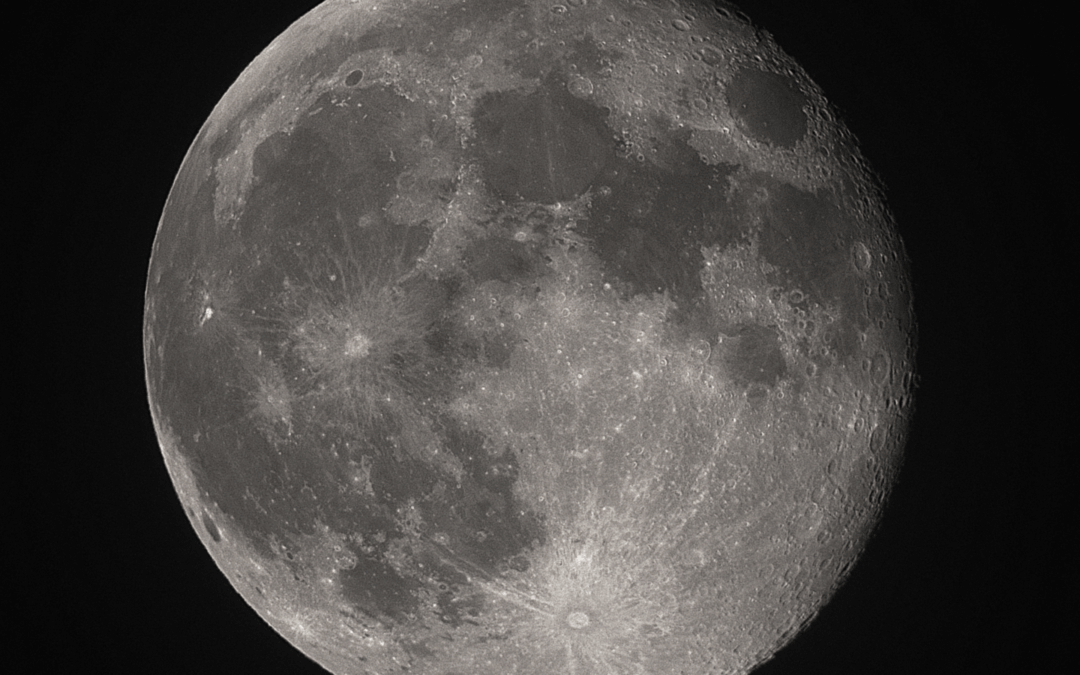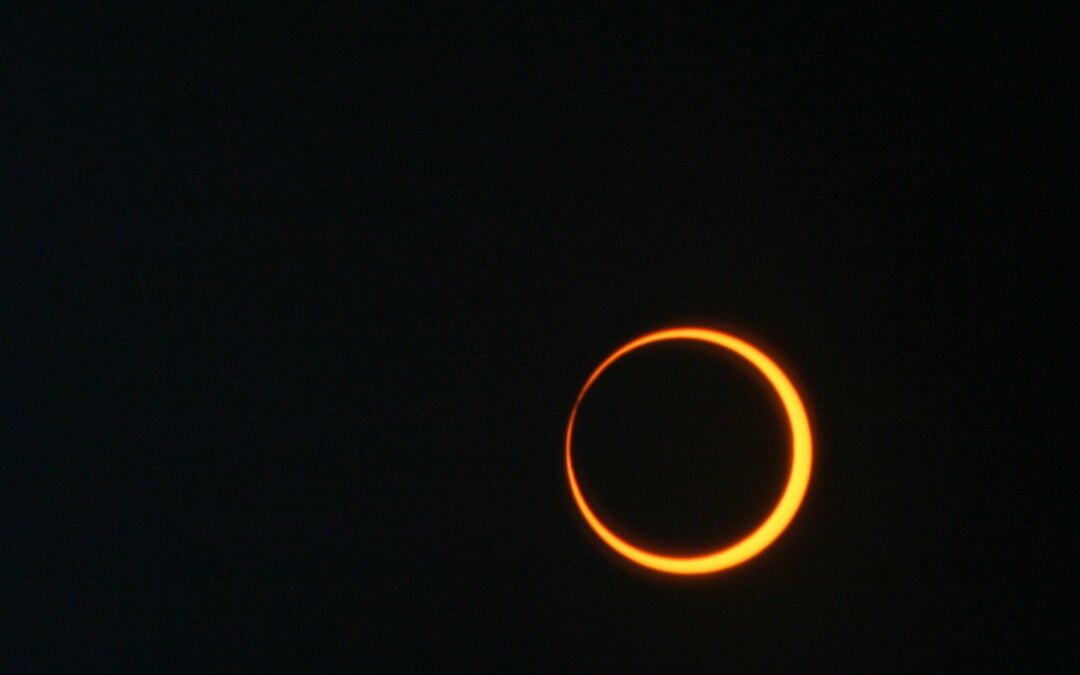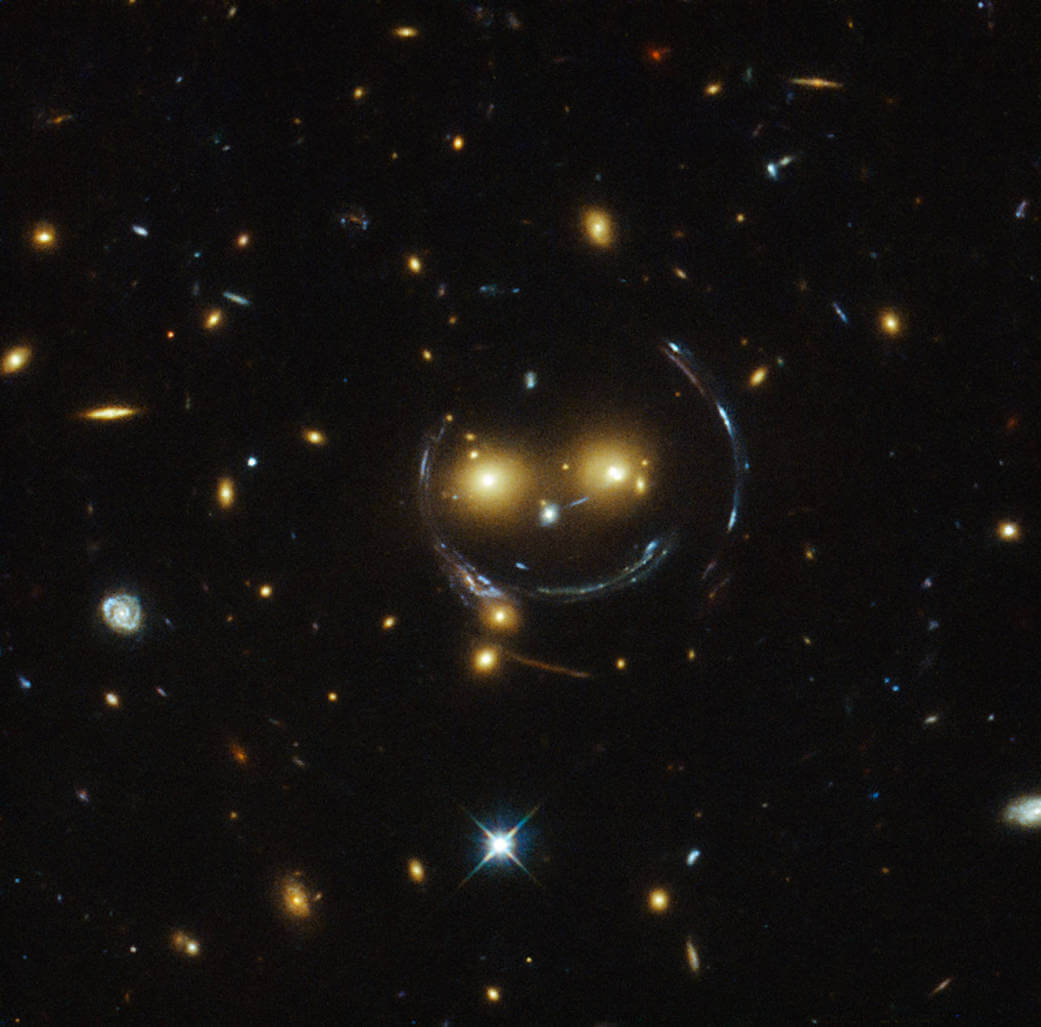Within the next two months, three large asteroids will be zooming right past Earth. These near-misses aren’t predicted to put us in any danger, but they are a reminder that Near-Earth Objects (NEOs) are passing close to our planet all of the time. NASA and other space agencies keep an eye on these NEOs, and now, you can help them do it!
An NEO is any asteroid or comet that passes within 1.3 Earth-Sun distances of our home. Some of these are labeled potentially hazardous, meaning they come even closer as they cross the path of the Earth’s orbit, and could cause serious damage to our planet if they were to descend upon us. There are thousands of NEOs, and scientists are keeping an eye on most of them as part of Planetary Defense initiatives aimed at keeping us safe from impacts.
Luckily, if an asteroid does look like it’s going to hit us, we may now have a way to deflect it. NASA’s recent Double Asteroid Redirection Test (DART) crashed a spacecraft into Dimorphos, the moon of asteroid Didymos, and confirmed that its orbit shifted just a little bit — potentially enough to nudge a dangerous asteroid off course. But to protect our planet with a mission like DART, we’ll first need to find incoming asteroids.
An artist’s conception of the DART spacecraft flying by Didymos on its way to Dimorphos.
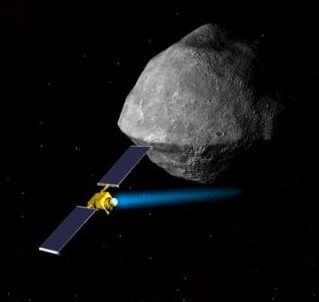
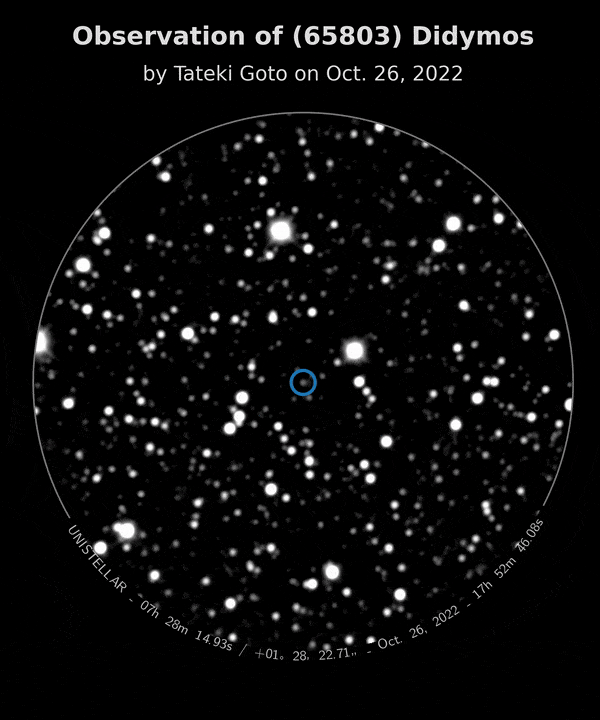
First up is asteroid 2005LW3, which measures around 170 meters (560 feet) in diameter, and will come within three lunar distances of Earth on November 23. The asteroid will shine brightly, but it will be moving fast, so don’t miss it!
Next will be asteroid 2015RN35, which will be flying past us on December 15. This asteroid is about 80 meters (260 feet) across, and could be locally devastating, but likely wouldn’t cause widespread destruction if it hit us.
Last is asteroid 2010XC15, which will come within about two lunar distances of Earth on December 27. This asteroid is approximately 180 meters (590 feet) across, and could cause significant damage if it were to hit Earth.
These asteroids are all coming closer to Earth than they have in years, so don’t miss your chance to defend the planet!
A Citizen Astronomer’s observation of near-Earth asteroid and DART target Didymos.
Unistellar Network members (like you!) are uniquely positioned to aid astronomers watching out for nearby asteroids and help refine estimates of their size and position. This November and December, you have the chance to catch not one, but three of these nearby asteroids with a Unistellar telescope and make important Planetary Defense observations that help scientists keep our planet safe.
How to observe these asteroids with your Unistellar telescope:
These asteroids are registered in the Unistellar App Catalog, so they’re easy to observe. You’ll be using the Unistellar app’s science mode, which can be found under the Planetary Defense tab.
First, follow the HowTo guide for A: The asteroid is in the Unistellar app’s database.
In the Recording field enter the following information: Exposure time: 3971 ms for 2015RN35 and 2010XC15 or 2000 ms for 2005LW3 / Gain: 30 dB / Duration: 10min. Please make at least three 10-minute observations if you can.
You can find more information on how to observe a near-Earth asteroid on our Planetary Defense Campaign page.
Further readings
Unistellar Community Included In Multiple Scientific Papers
Did you know Unistellar Citizen Astronomers are often cited in published scientific papers? Find out how you can contribute too!
What Are the Names of All the Full Moons in 2024?
Discover the enchanting names of the full moons in 2024. Delve into the unique character of each lunar spectacle and embrace the allure of the night sky.
New Unistellar App Update: Version 3.0
The latest Unistellar App Update, version V3.0, is now live. Explore a smooth stargazing experience !
What to Observe This November: Open Star Clusters and More
These Halloween deep-sky objects will add some light to those dark, spooky nights. Treats, tricks, and telescopes await!
When Is the Next Solar Eclipse, and How to Observe It With a Unistellar Telescope
An annular solar eclipse is visible from the Americas on October 14. Learn how to witness the Ring of Fire with your Unistellar Telescope!
Halloween Observing Guide: Spooky Deep-Sky Objects
These Halloween deep-sky objects will add some light to those dark, spooky nights. Treats, tricks, and telescopes await!

